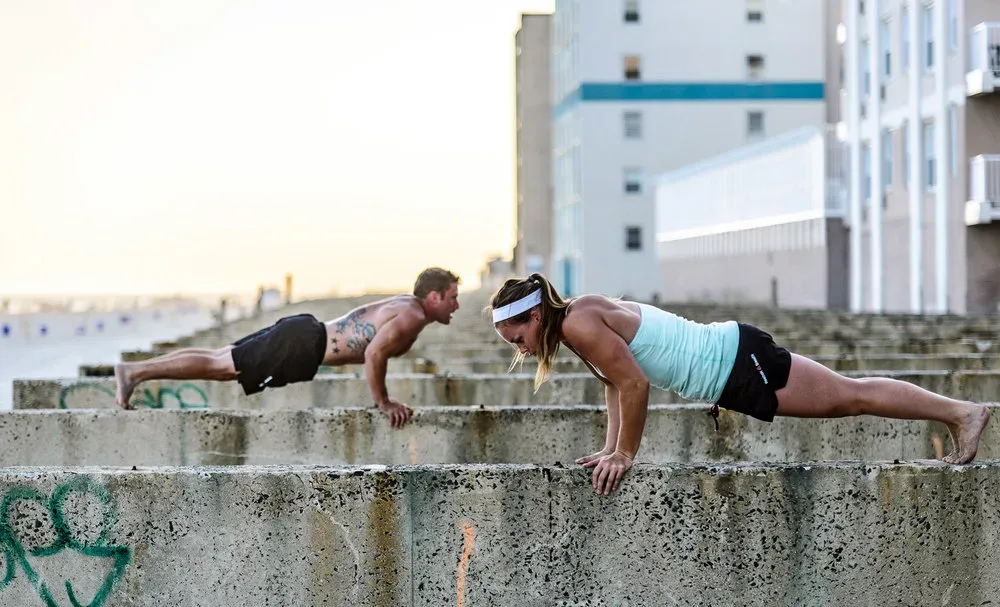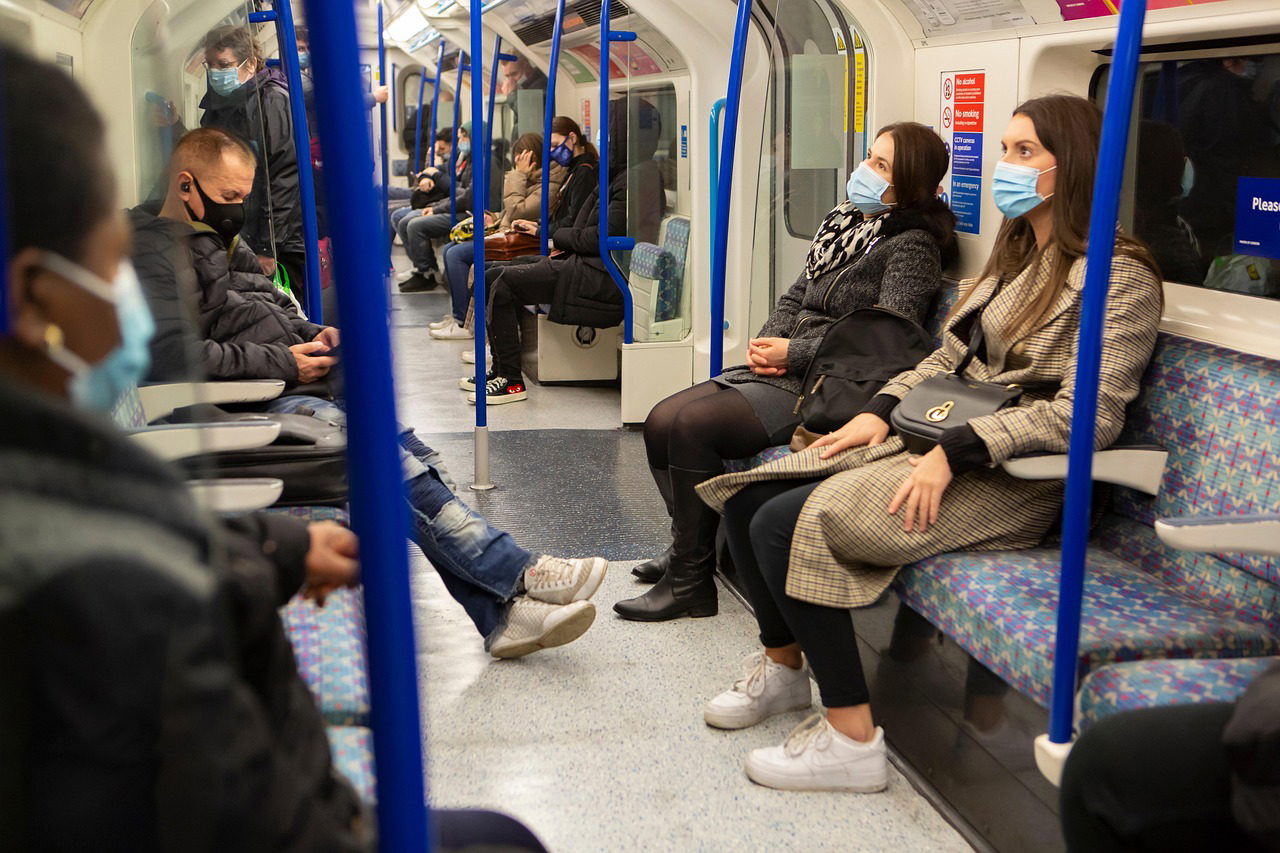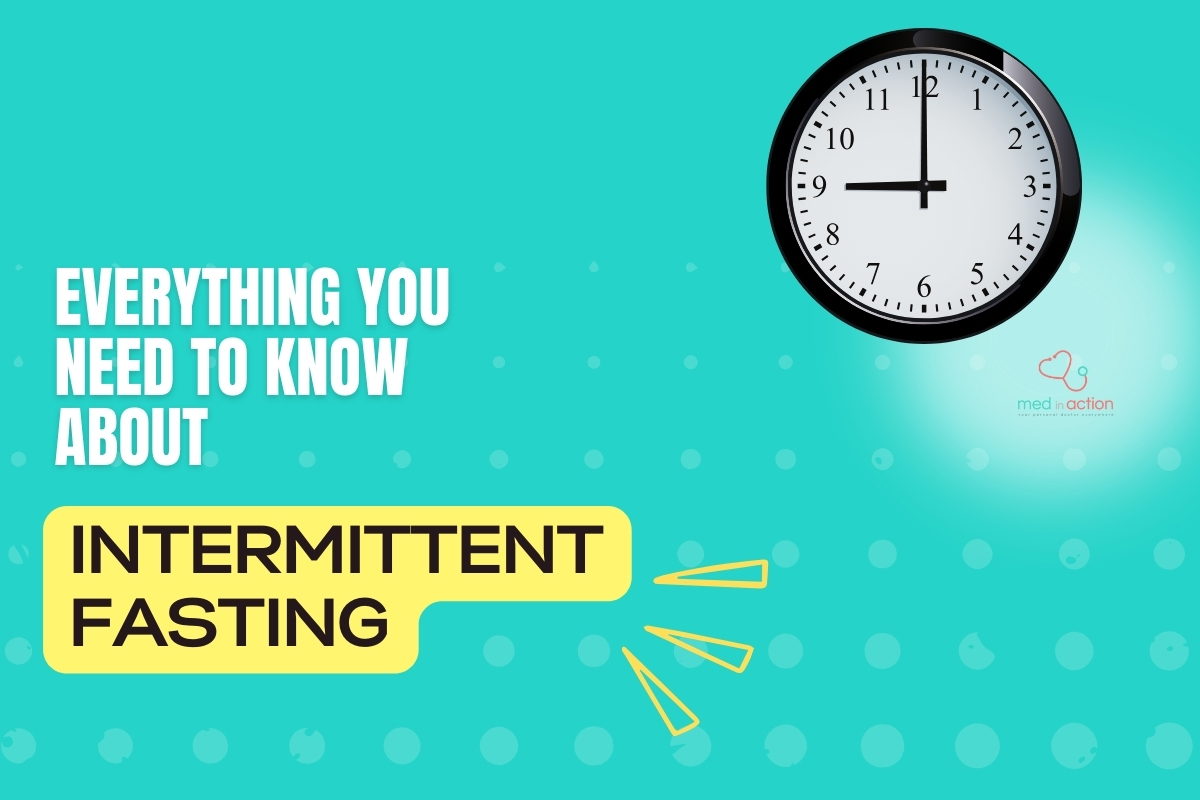There are many benefits to exercising. It is a stress-buster and increases your energy expenditure – meaning you can enjoy the local cuisine (essential travelling experience) whilst still fitting in the clothes in your rucksack. The World Health Organisation recommend 150 minute of moderate-intensity aerobic physical activity throughout the week. This can also include a brisk walk. By doing less than 30 minutes of physical activity as week a person can be defined as ‘physically inactive’ and this will negatively affect our health. The NHS lists many benefits to an active lifestyle including a confidence boost (endorphins), increased sleep quality and giving you energy, whilst also reducing risk of stress, Alzheimer’s disease and depression.
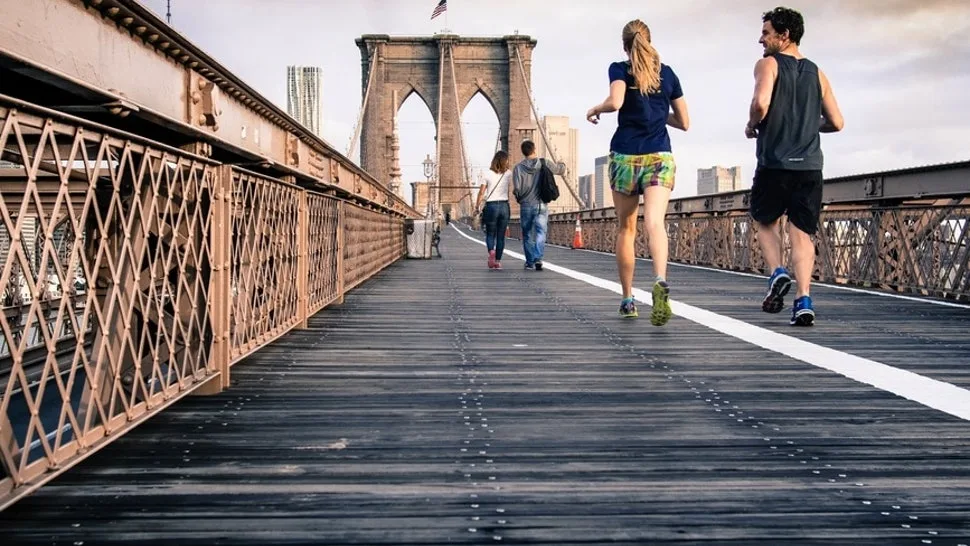
There are many ways to stay active whilst on the move and it does not have to be alone. Wherever you are it is worth researching the local events going on around you. For example, many places do park runs. These can be rather informal events and can be taken as seriously as you wish, therefore great for a range of running abilities. We human beings are social creatures and social media can be your best friend. By searching for local events going on you could surprise yourself with what the area you are in has to offer. Studies have also found that you are more likely to reach your personal best to when working out with friends – thanks to group camaraderie. I was in Uganda where I ran 5km and then through word of mouth heard about a half marathon – Running the Rift Uganda (I opted for the 10km – which was enough and a fab experience all round – also a great way to meet other travellers and volunteers!)
Organised events like these can also be great as with enough research you can be sure that the venue is a safe place. This can be reassuring as sometimes being in a new place can make you feel vulnerable – especially in a different culture! Getting involved can also be a way of establishing community involvement and make the trip more memorable.
If you are staying in/near a hotel or town then a gym may be accessible to you. See what the best deal is. This is a great option as it is more likely to incorporate strength training. If you are on more of a budget, activates such as park runs or joining a local walking tour are bound to make you walk around, a great way of seeing the local sites whilst fitting in your exercise.
You may be asking ‘what do I need to take?’ really a good pair of trainers should be enough for you to get out and moving, and a good playlist is optional but recommended! If you are into your strength training, a resistance belt can be useful. Having a resistance band can be a great way to improve your strength, as well as lugging around your backpack with what you thought were the ‘essentials’ whilst boarding the plane! A British Heart Foundation specialist says we should do muscle strengthening activity a minimum of twice a week. The essentially large elastic bands can be used for full-body workouts and can be purchased online, or try your local sports store.
Examples of exercises which can be completed with the band:
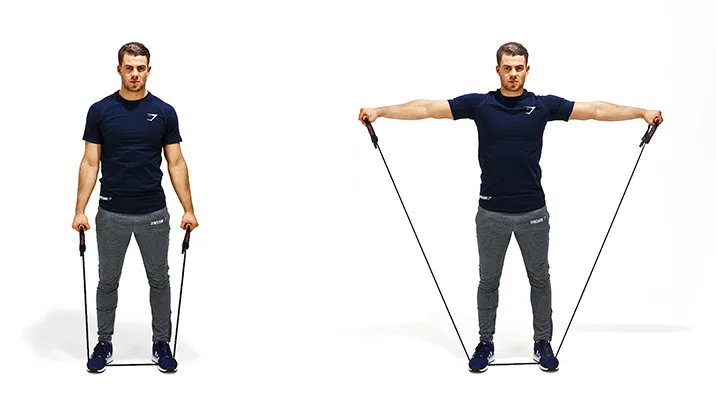
- Lateral Raise:
Hold the band down with your feet by standing on it and raise arms to the side, up until shoulder height. Return arms back down to your side. Repeat.
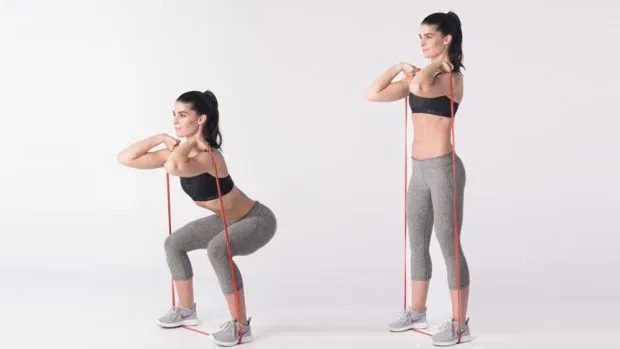
- This exercise works the glutes, quads and hamstrings, whilst also benefitting the core. The feet should be hip width apart and lower the body down, driving the hips behind you. Make sure you do not drive your knee over your feet. This movement can be done without a resistance band. Adding a resistance band engages the smaller muscle groups, as well as the larger ones.
Sometimes it can be difficult to be physically active in a day – for example if it is a travel day where the most part is spent being sedentary on a train plain or god forbid a night-bus. A simple definition of being sedentary is spending too much time being seated. However, this does not mean the same thing as being physically inactive. You can be physically active and still be sedentary. Correlation can be drawn with increase in sedentary behaviour and ill health. Sitting for prolonged periods of time is often unavoidable, however the adverse effects can be offset (to an extent) with physical activity whilst travelling. Research also shows that by breaking up sedentary behaviour, for example by walking around, the negative side effects can be reduced. [1]
[1] . Healy GN, Dunstan DW, Shaw JE, Zimmet PZ, Salmon J, Owen N and Cerin E. Break in Sedentary Time. Beneficial associations with metabolic risk. Diabetes Care 2008 Vol 31(4) Apr 661-666

